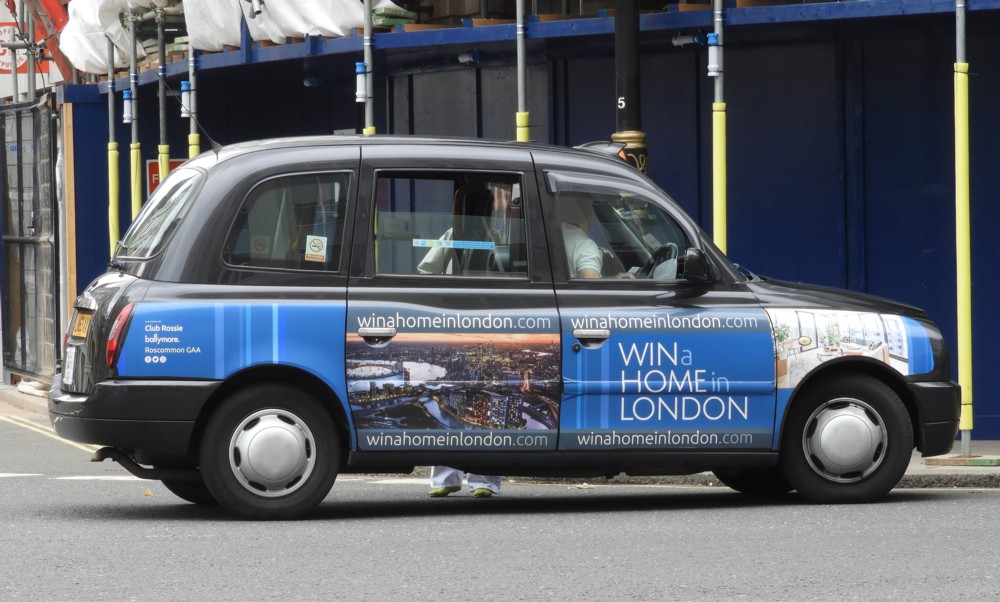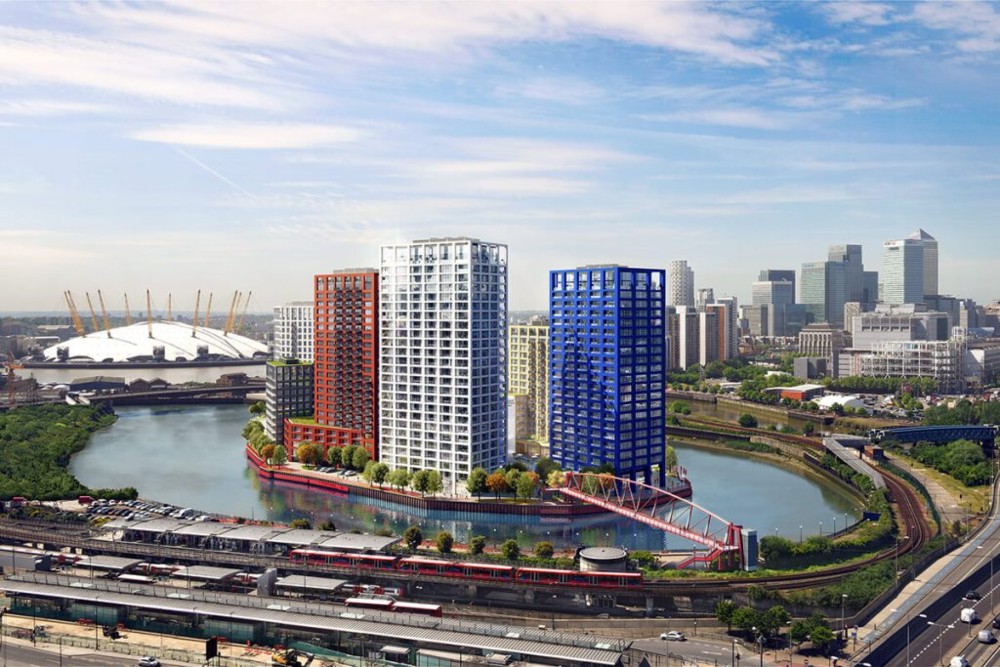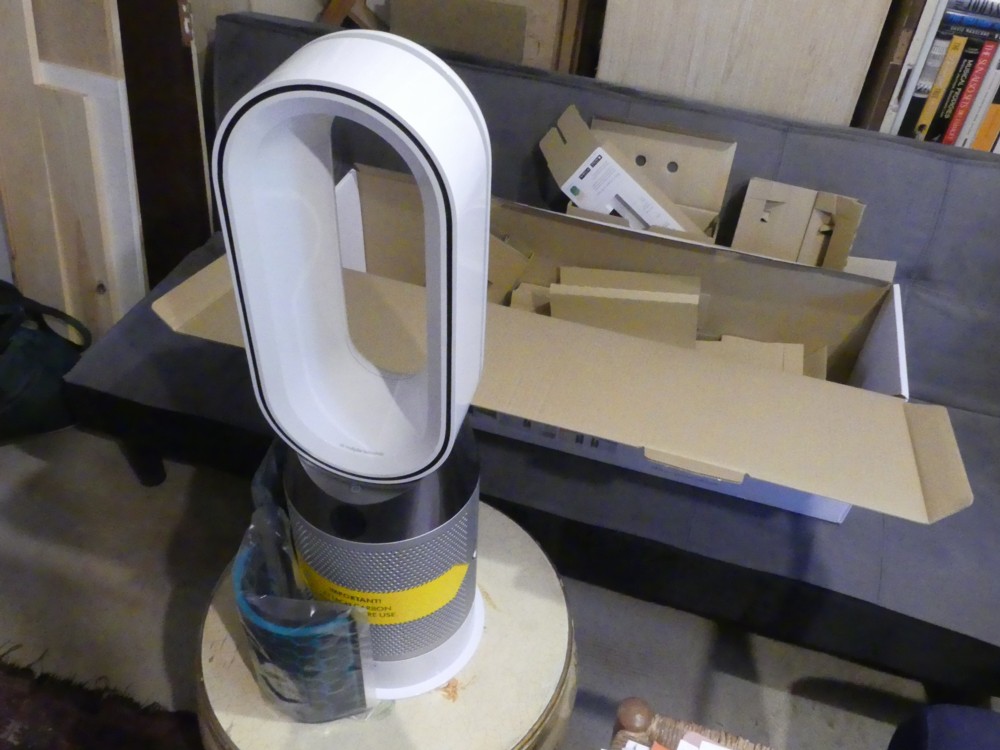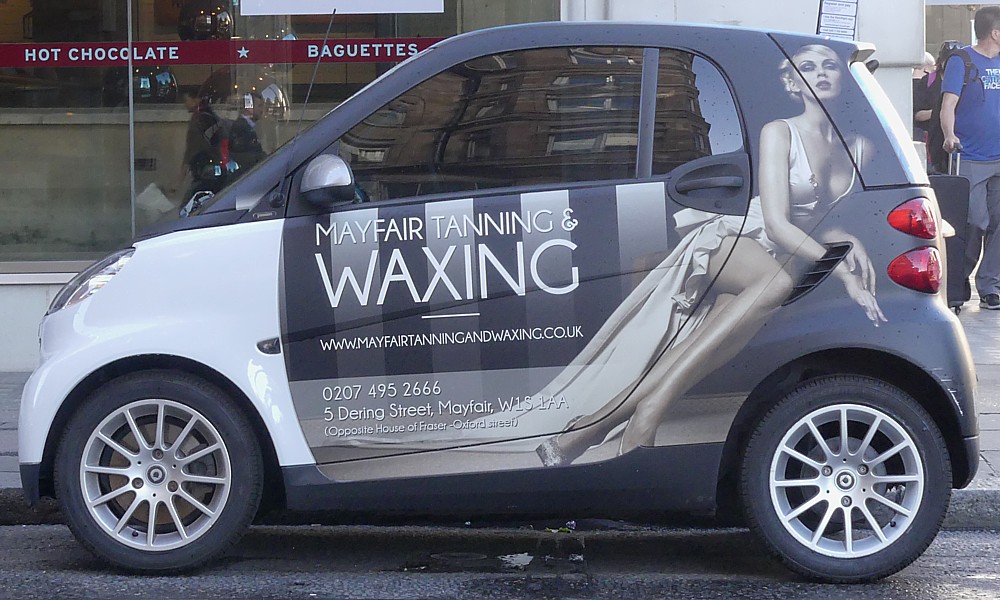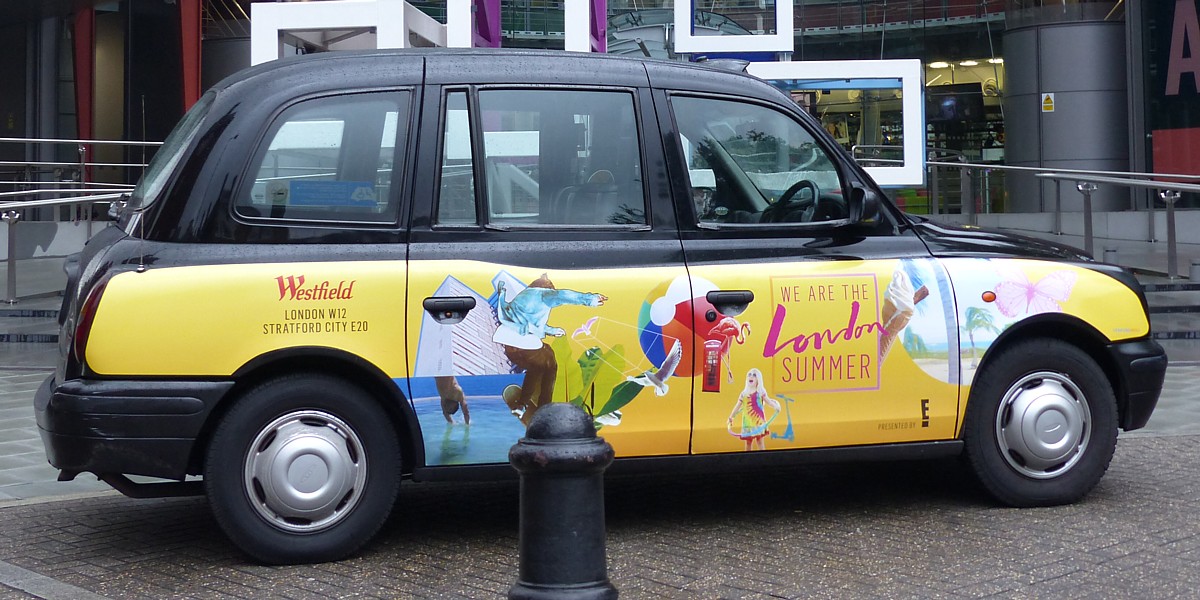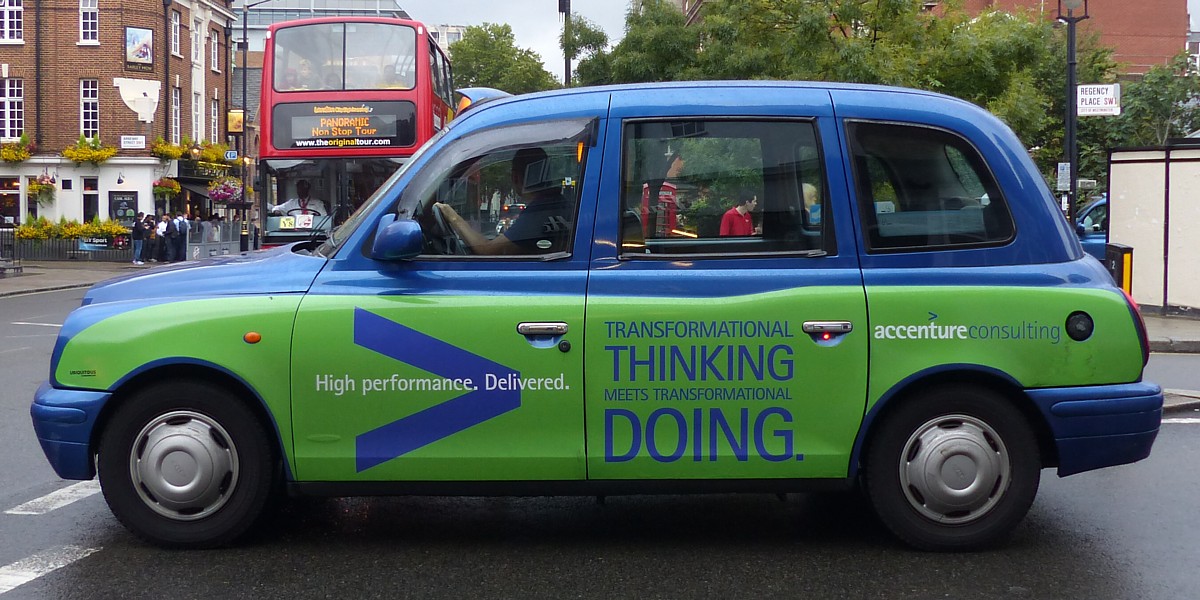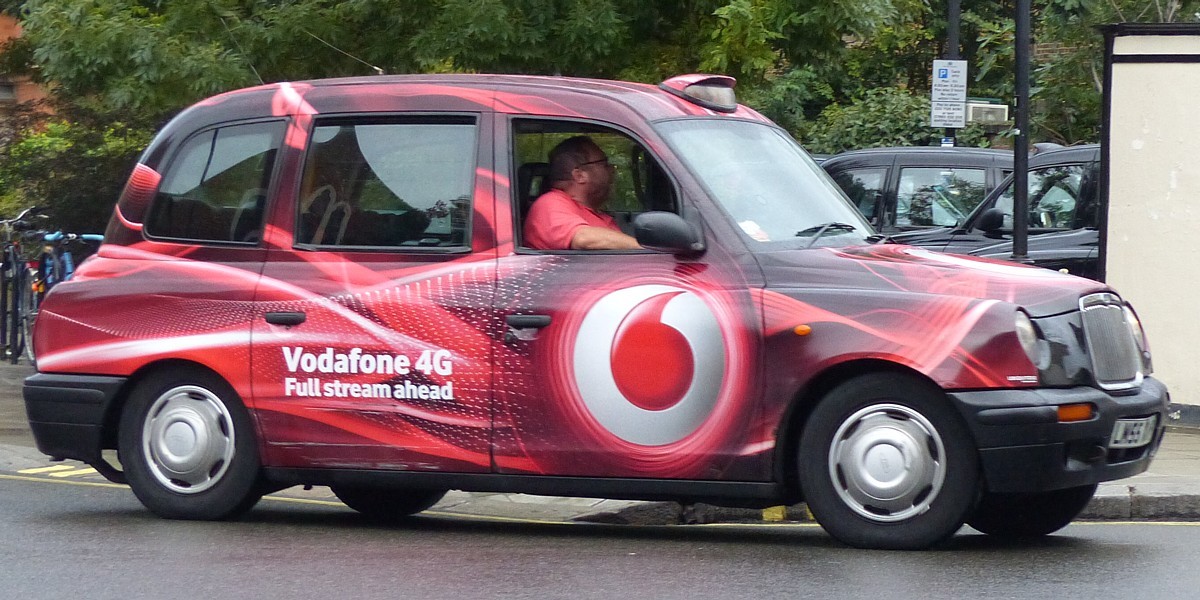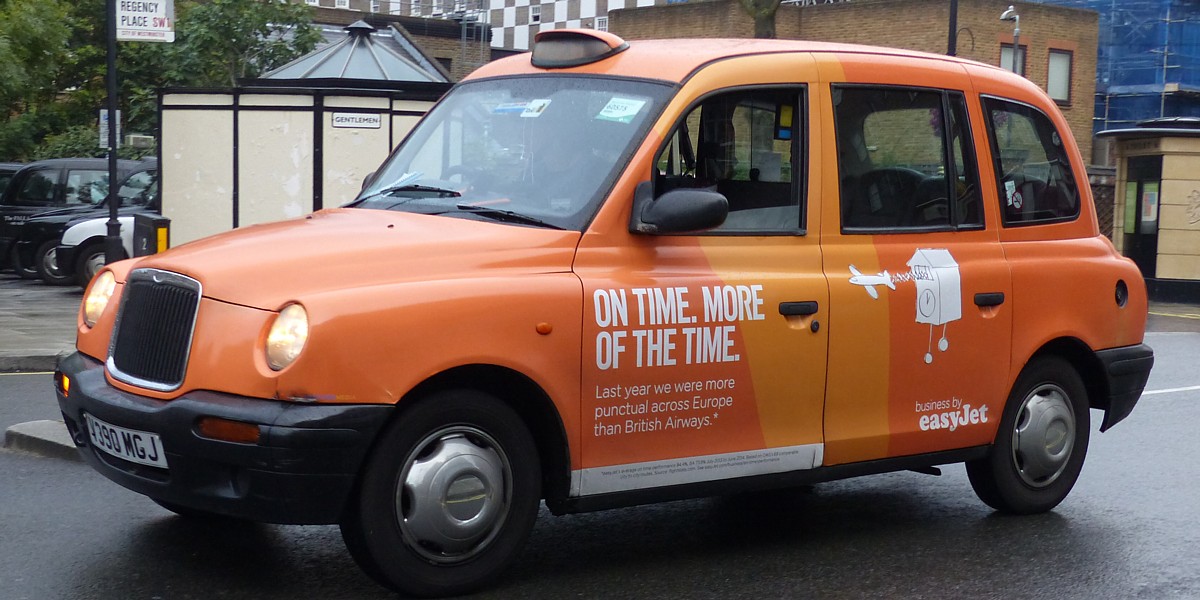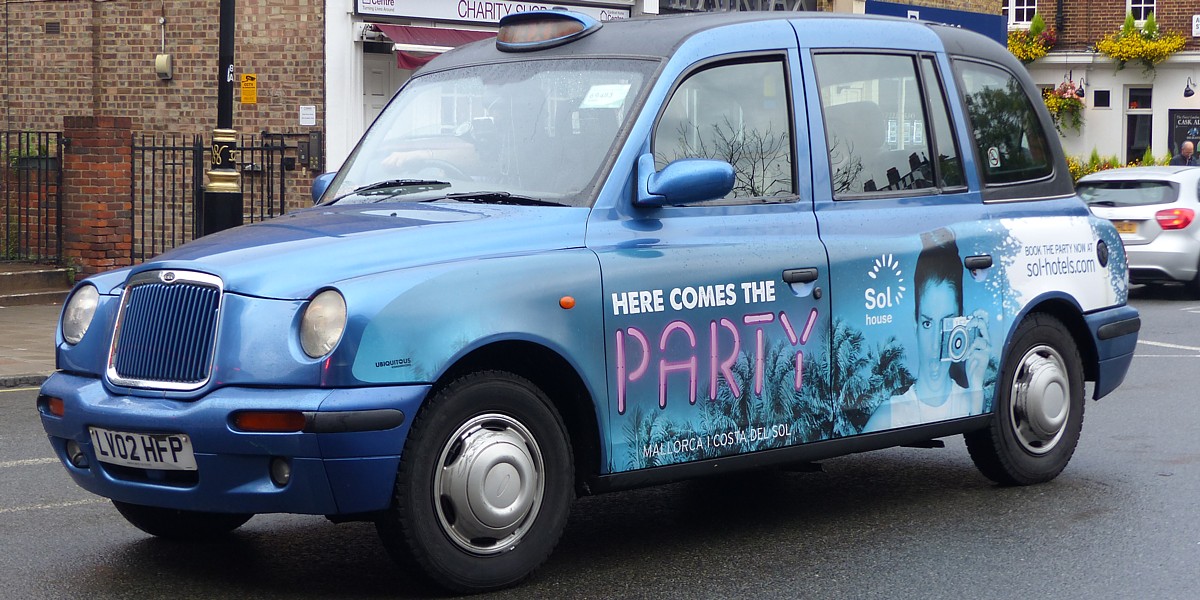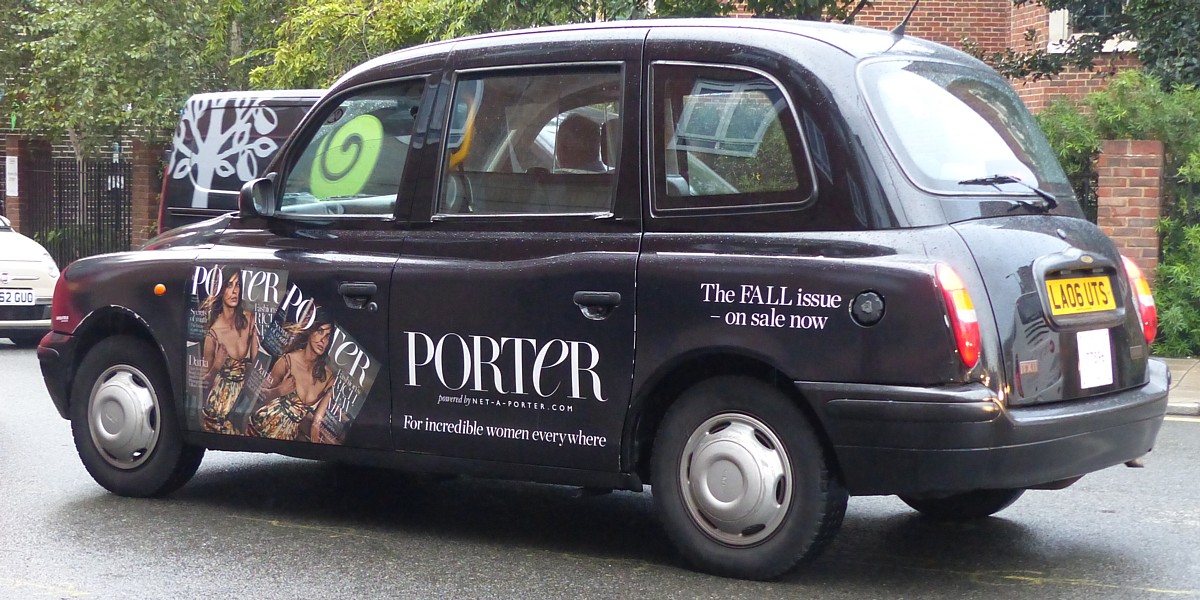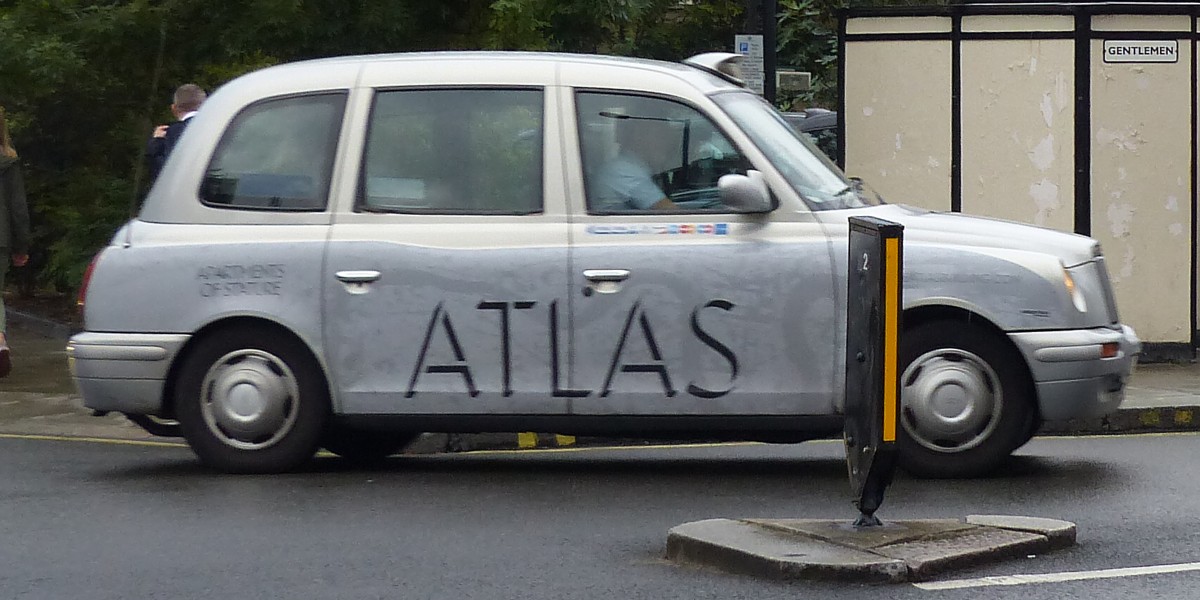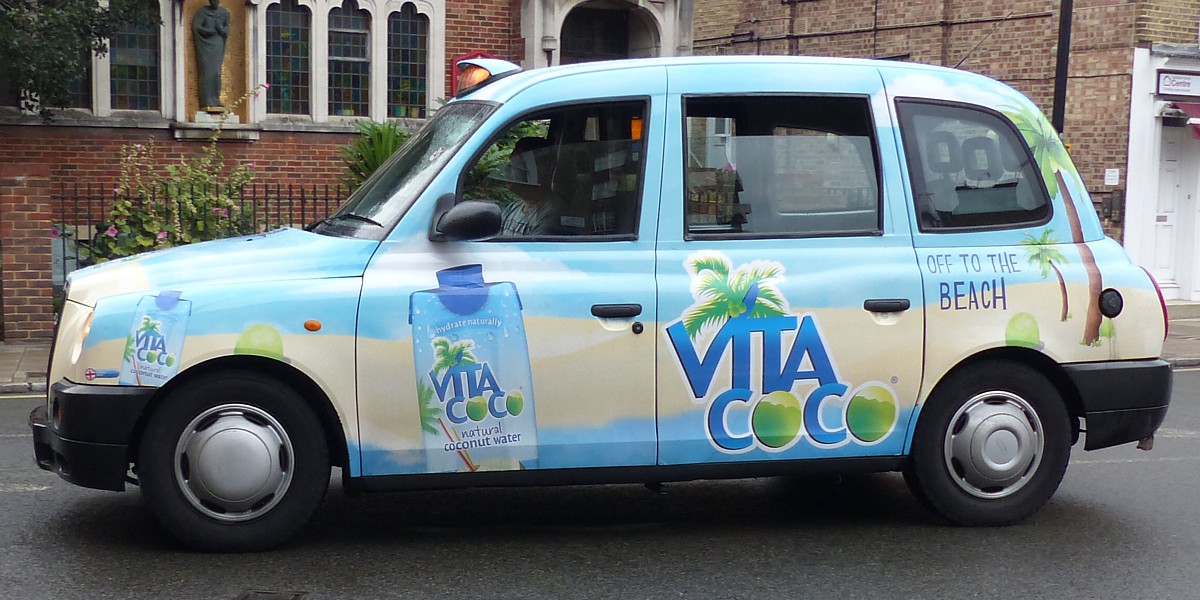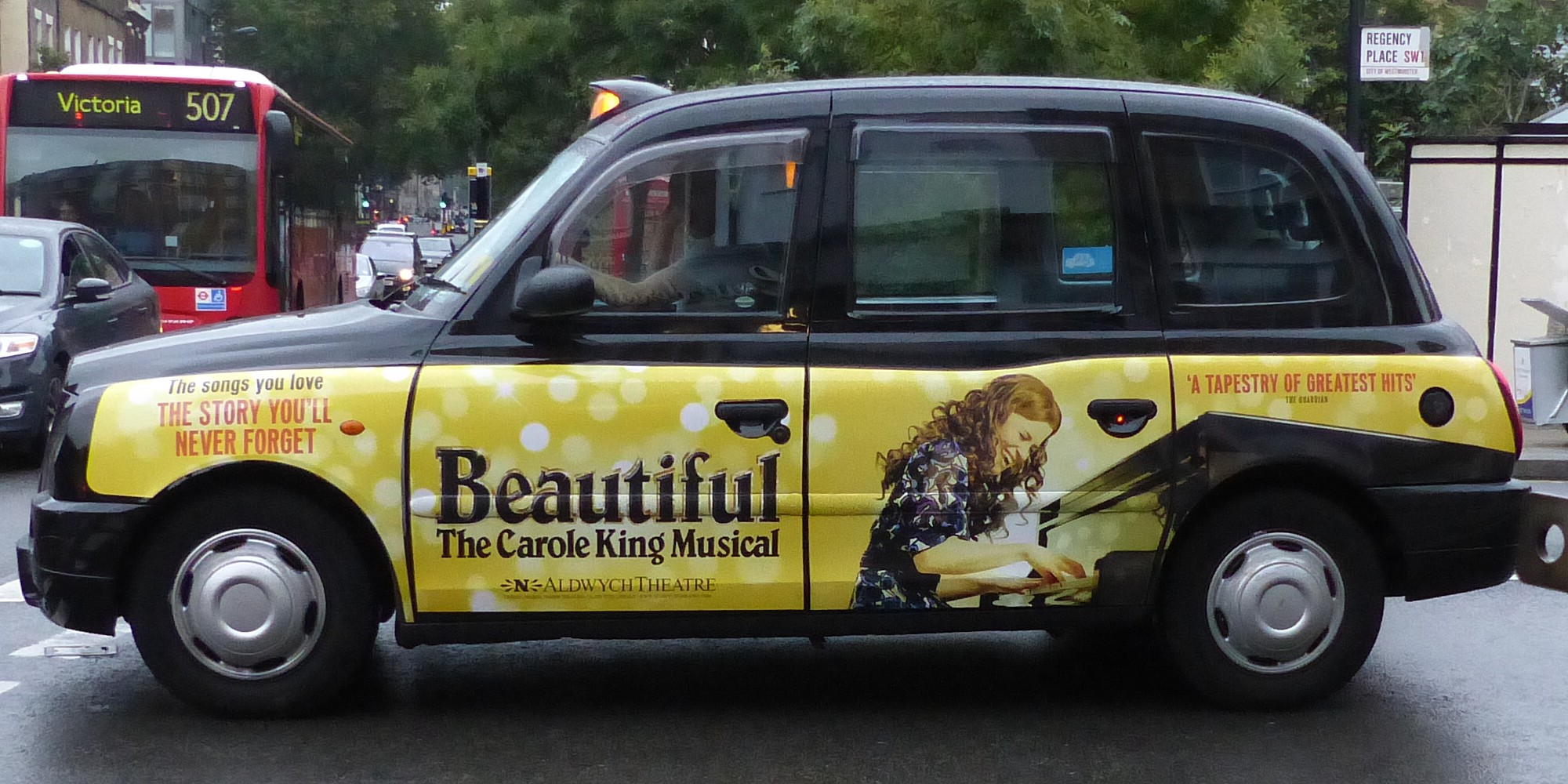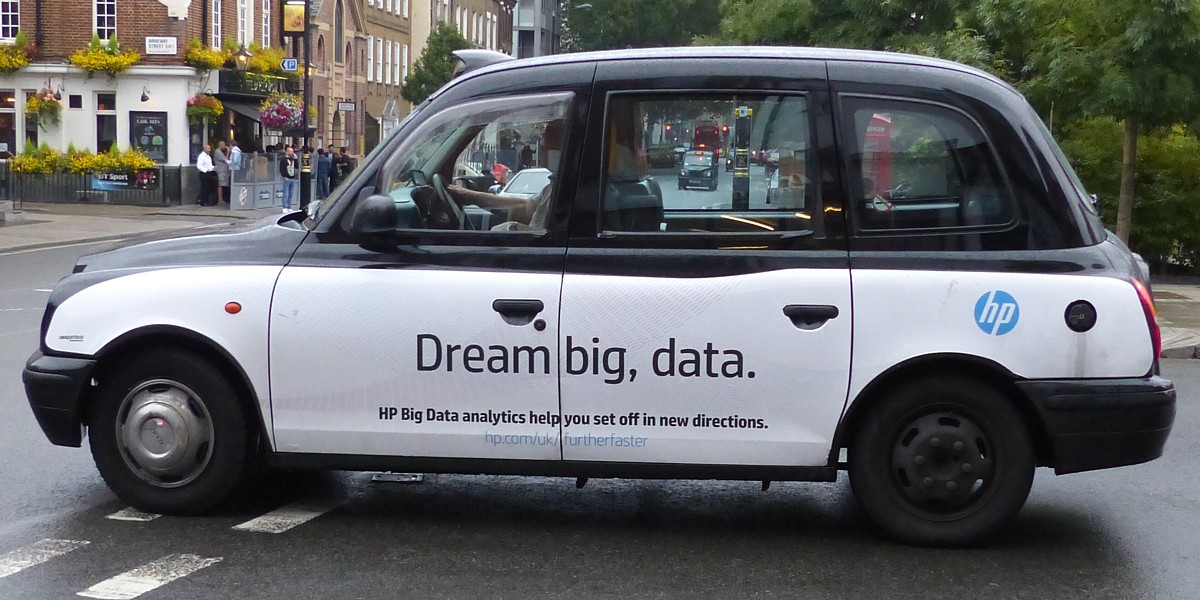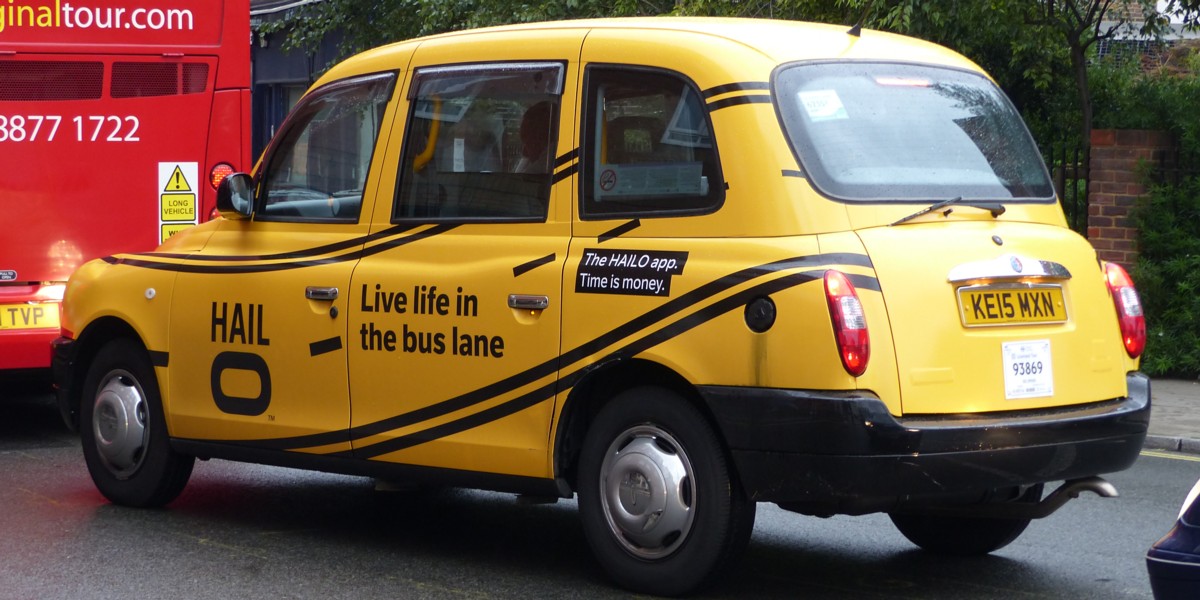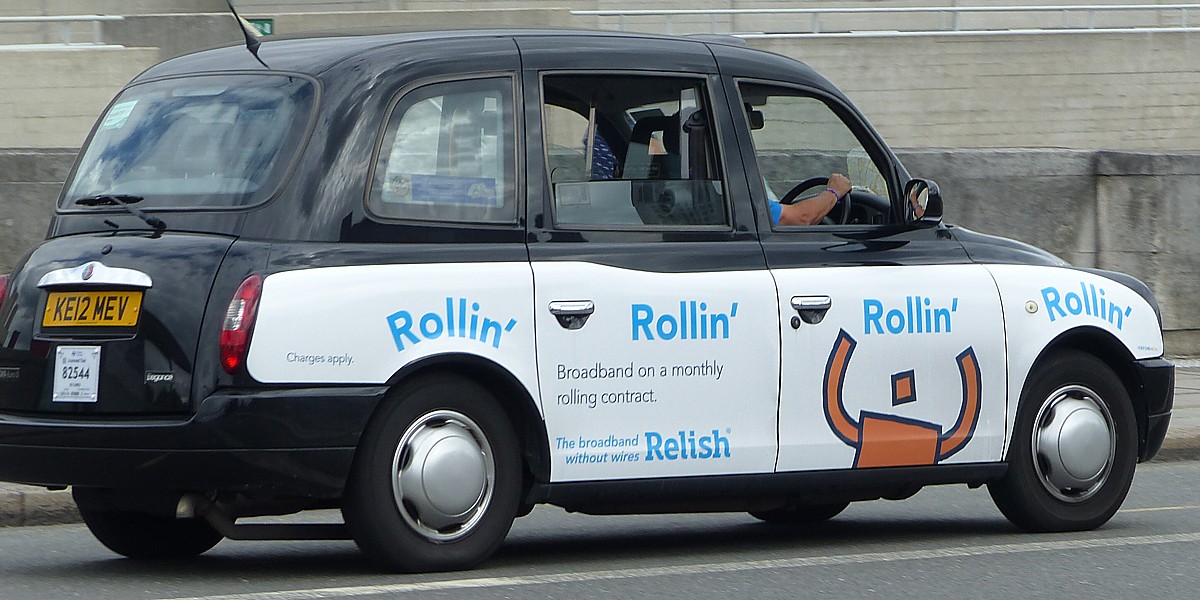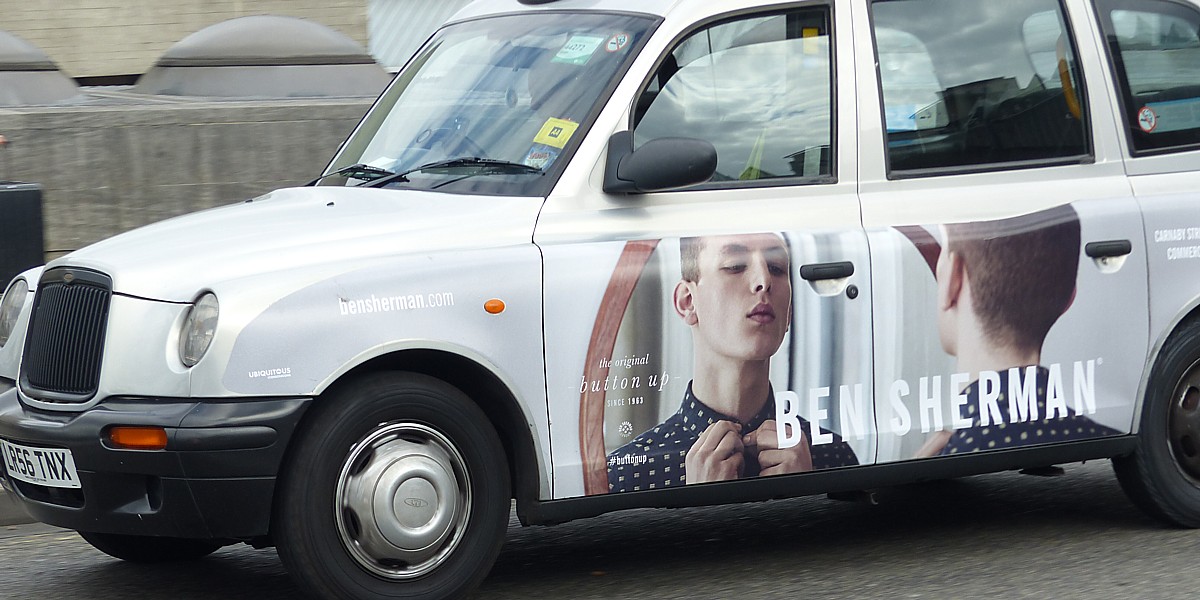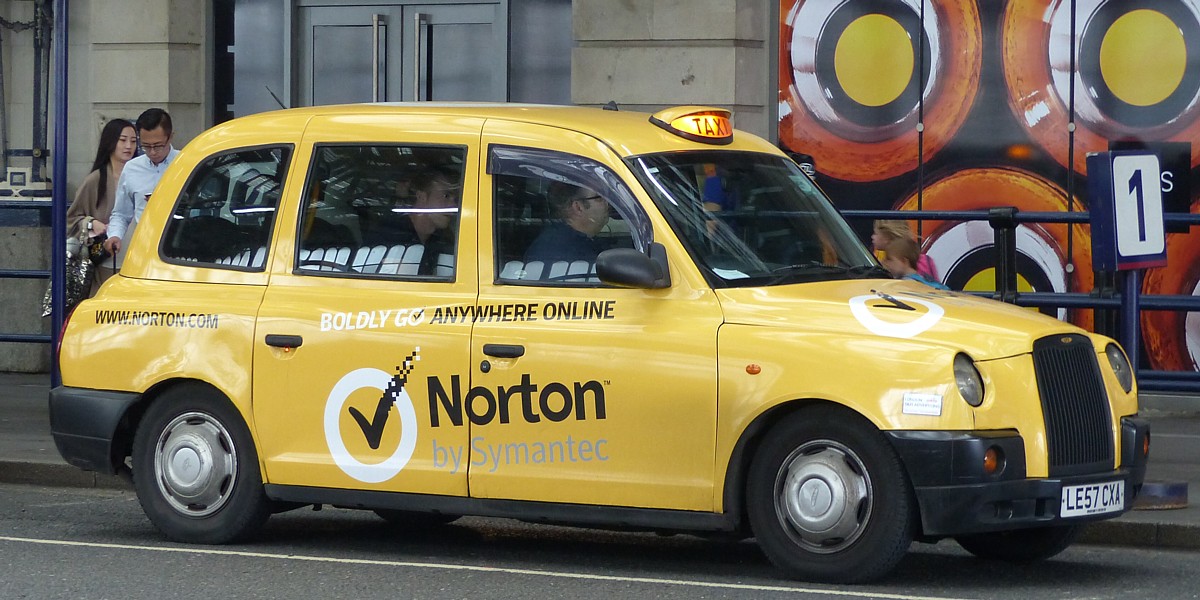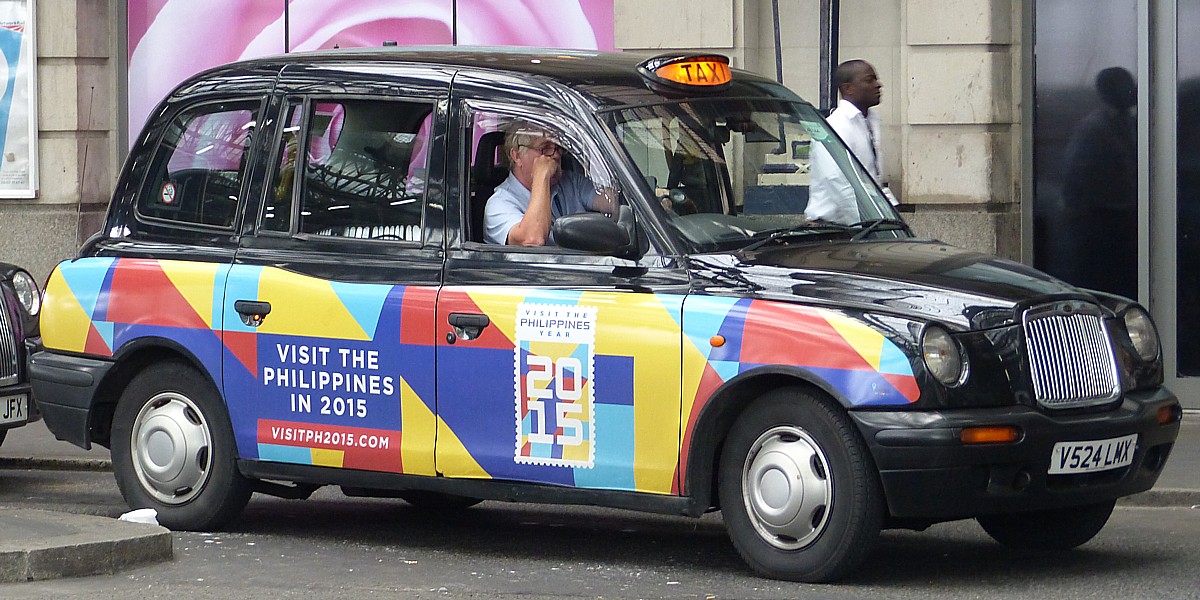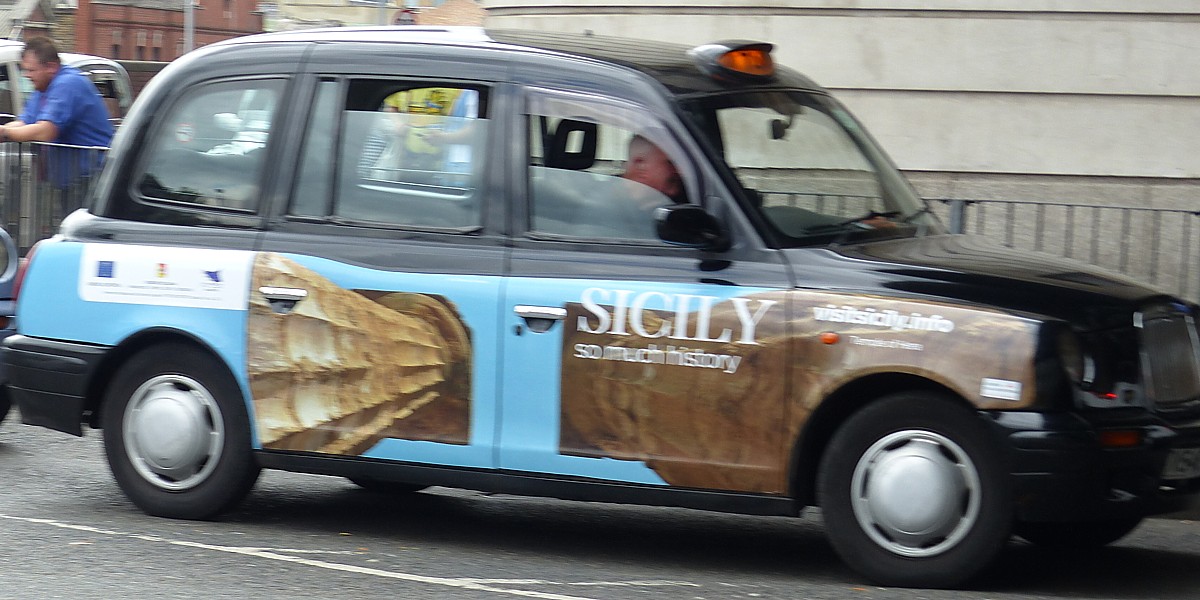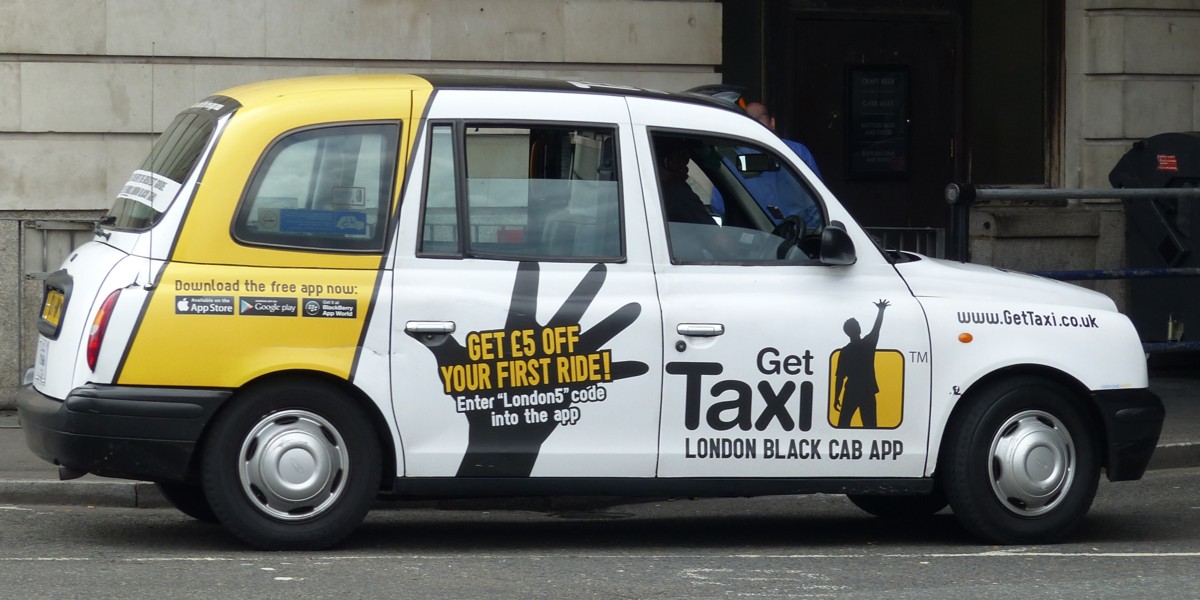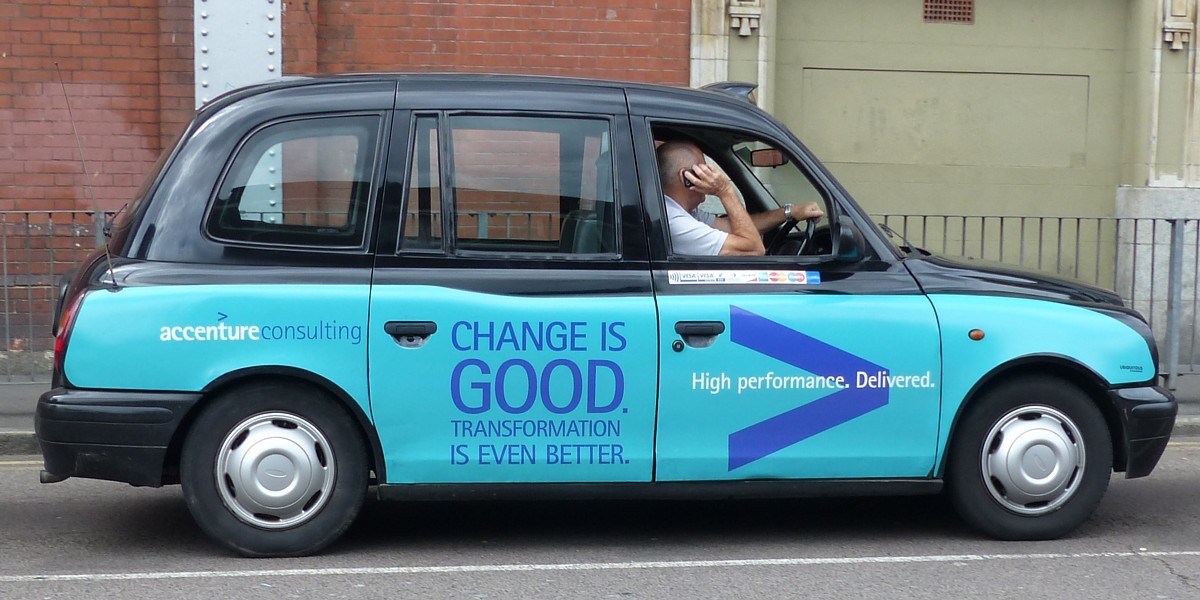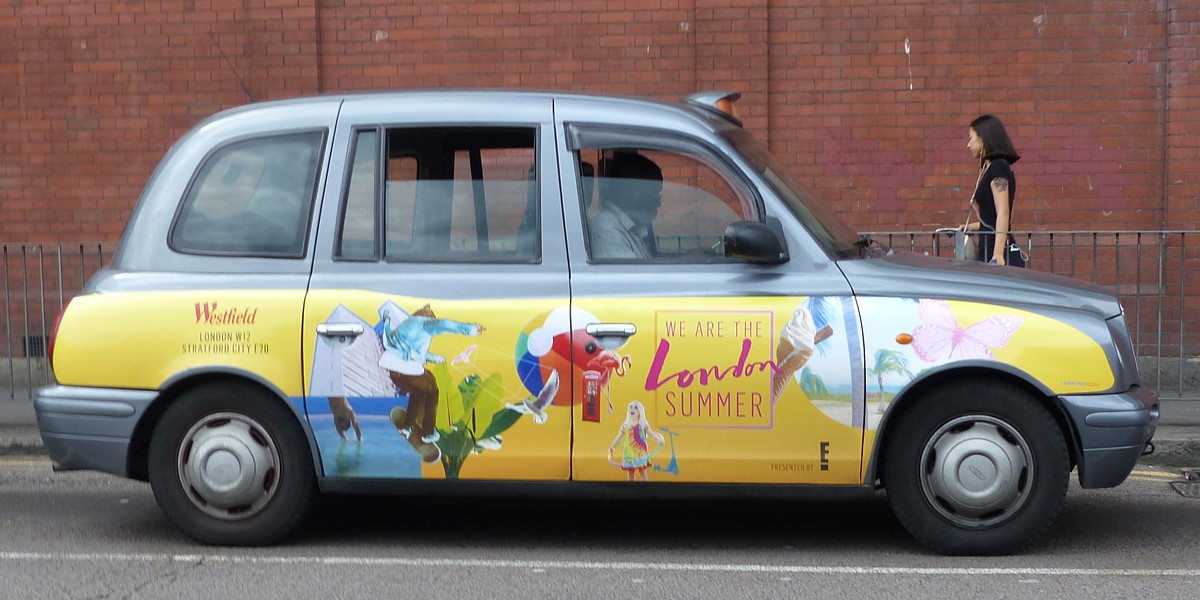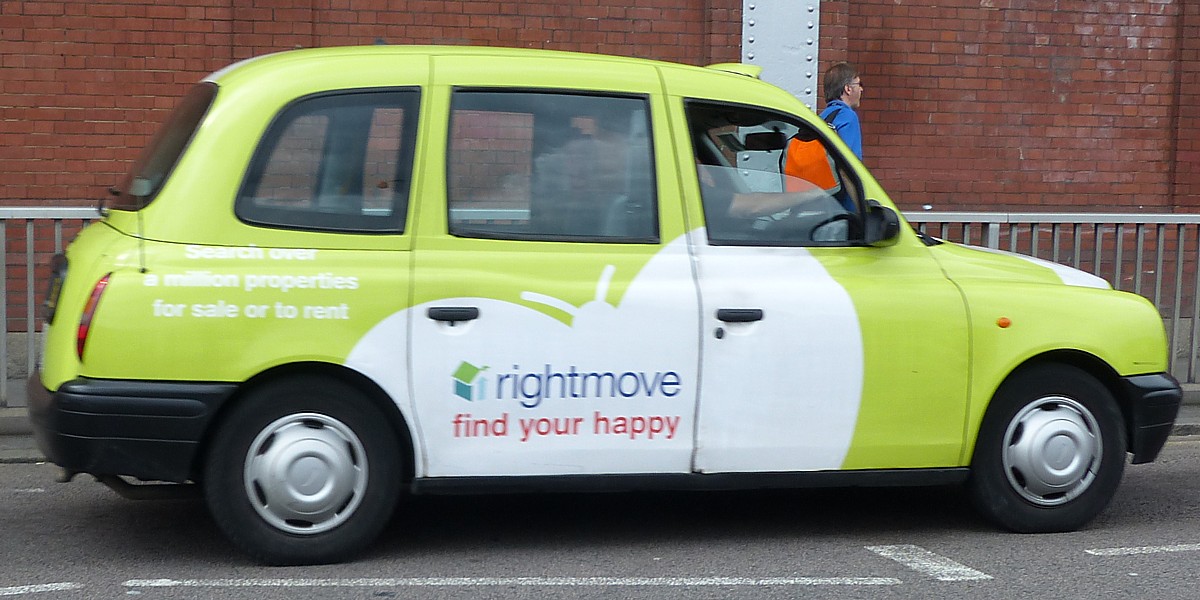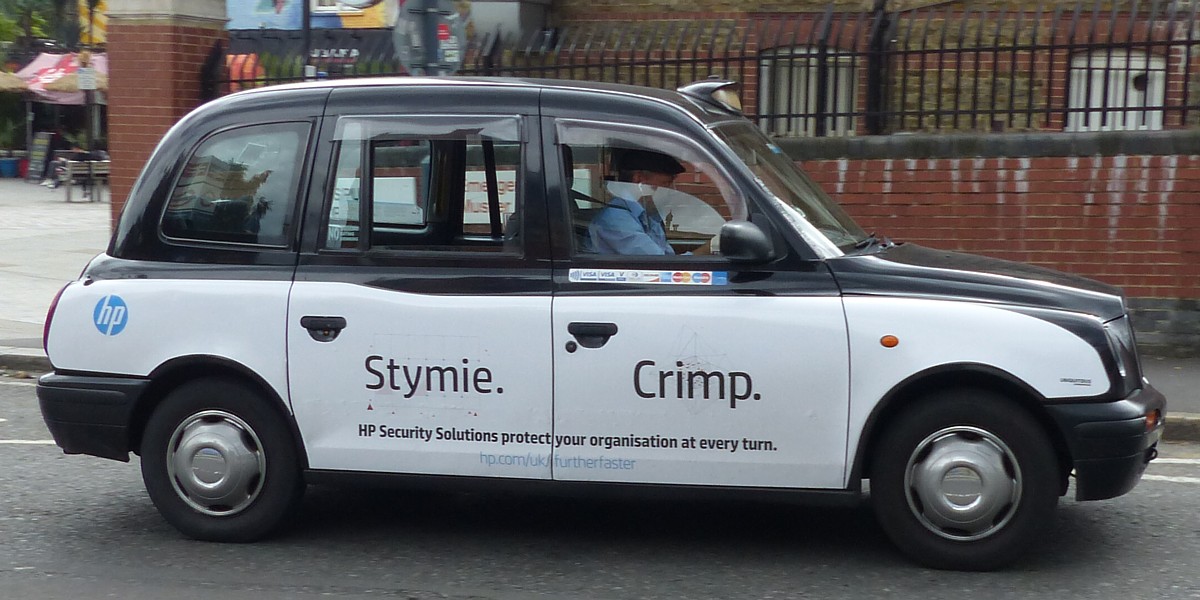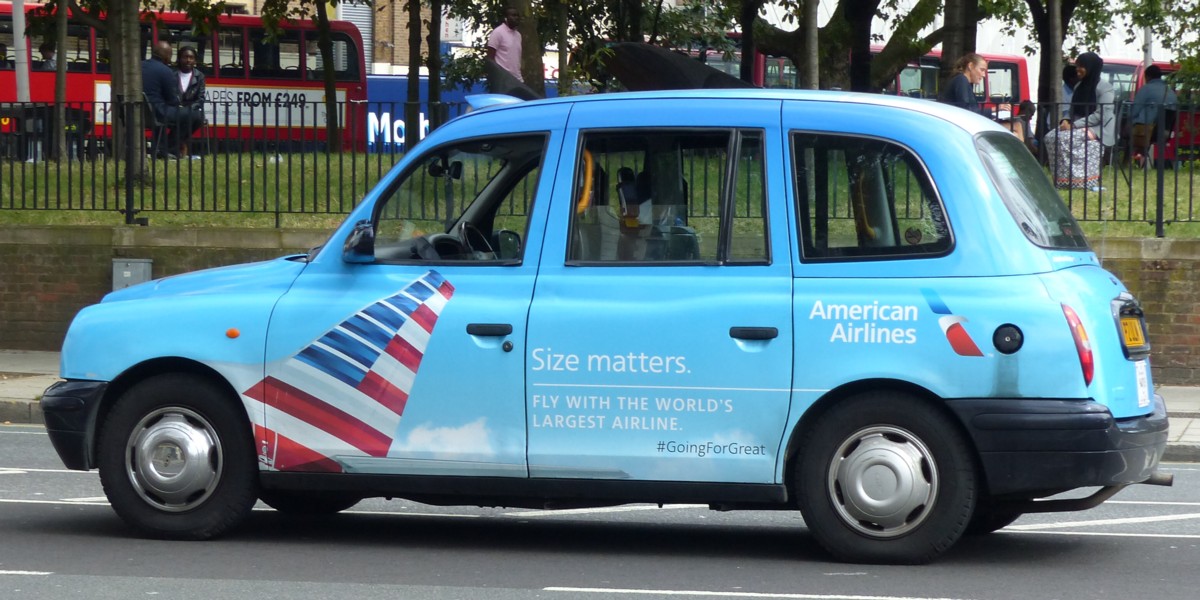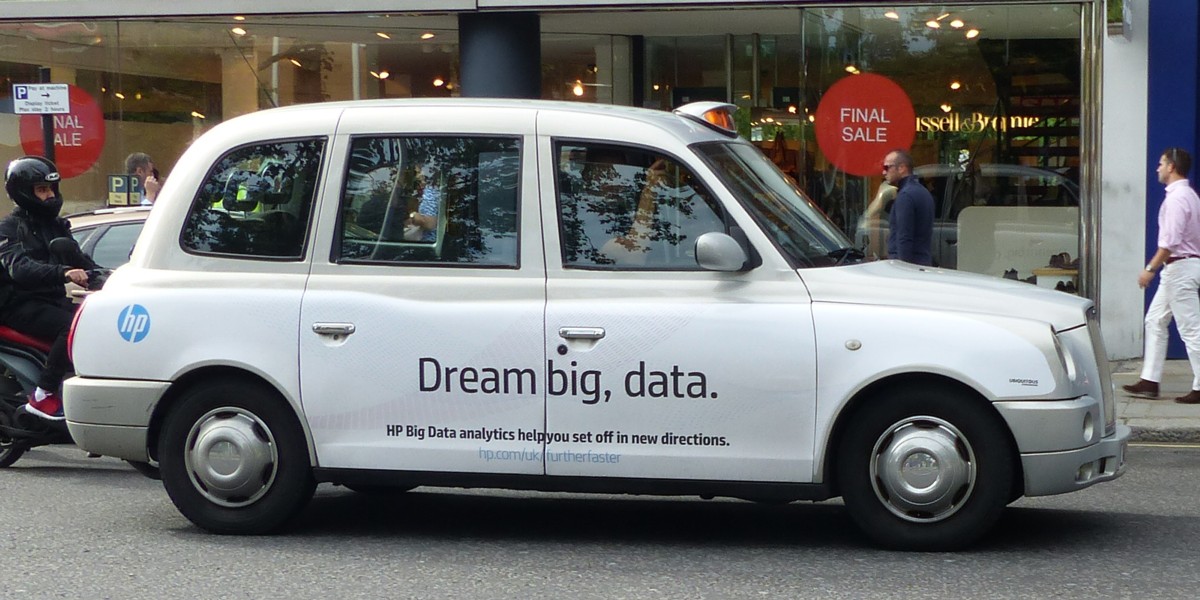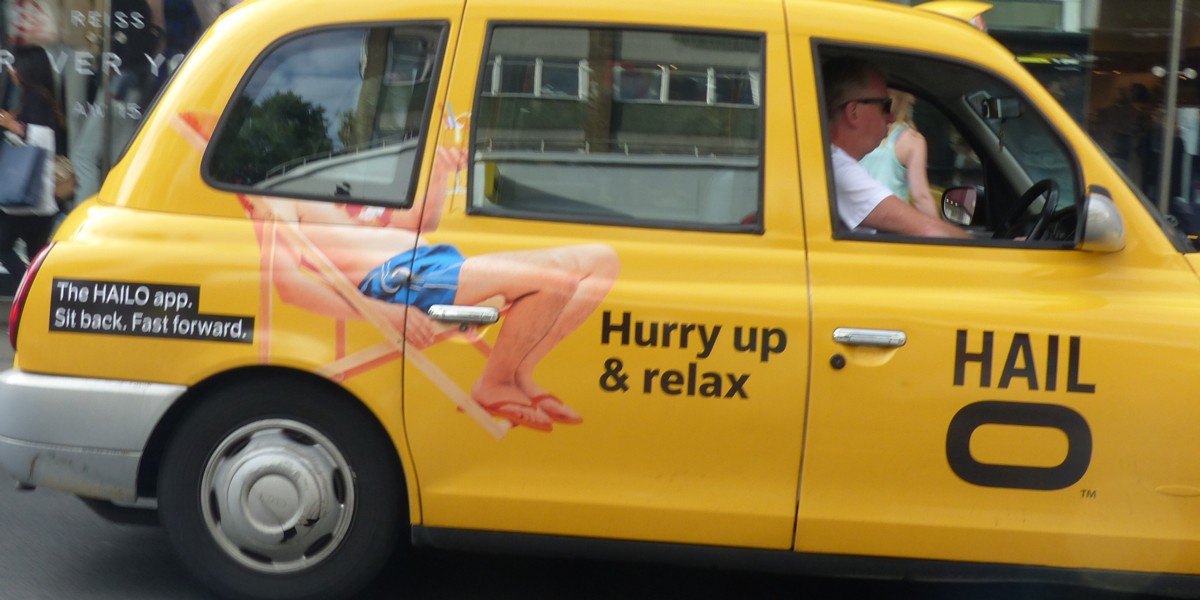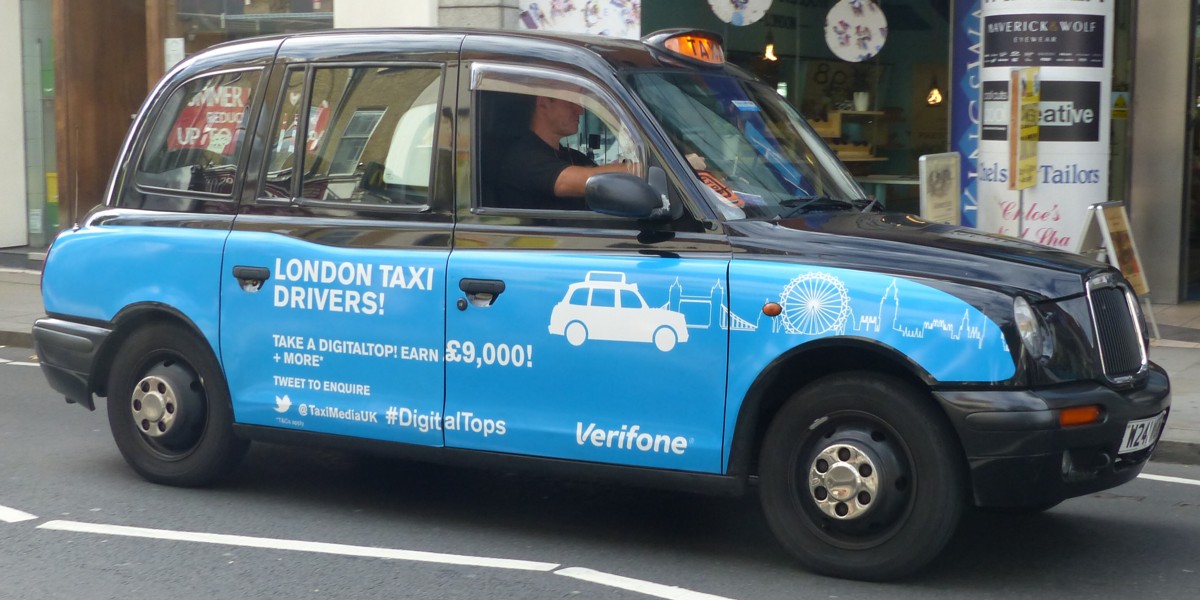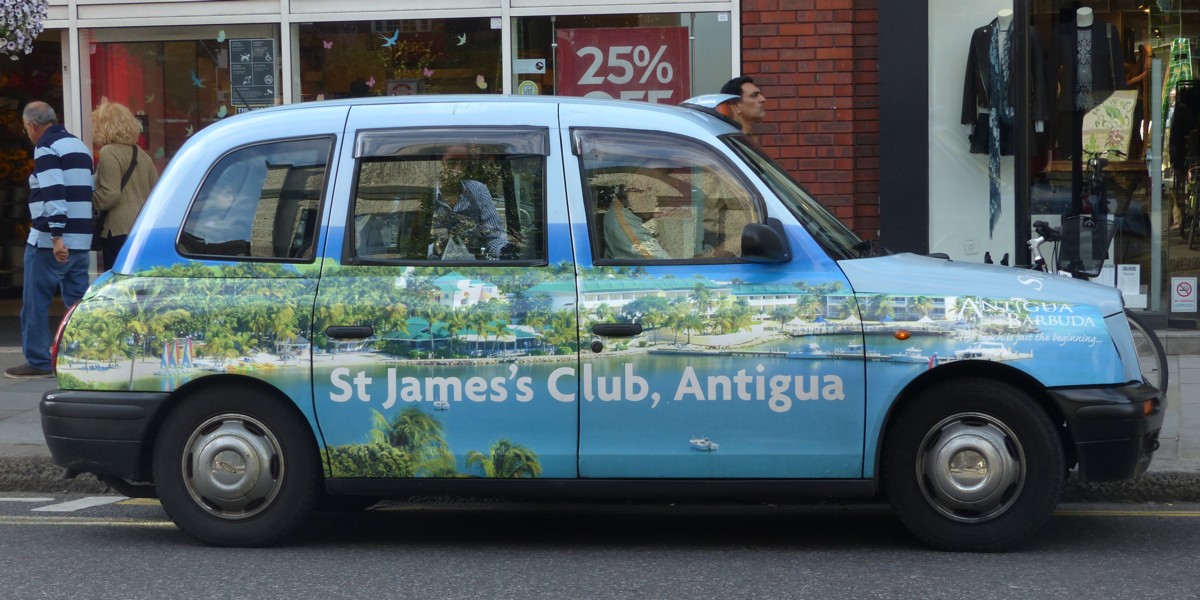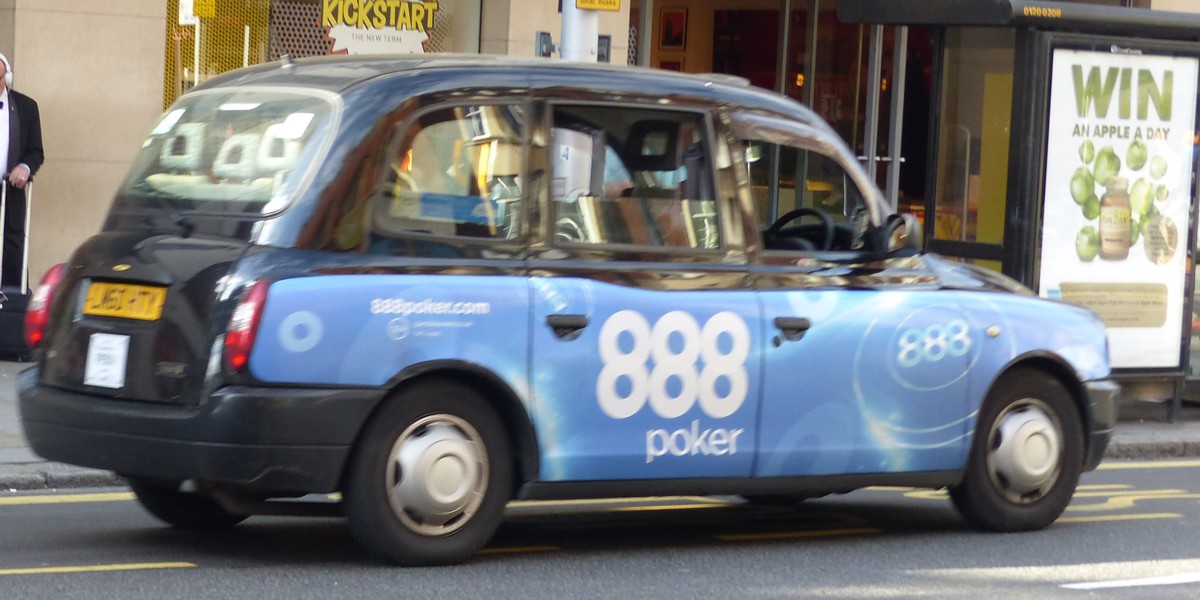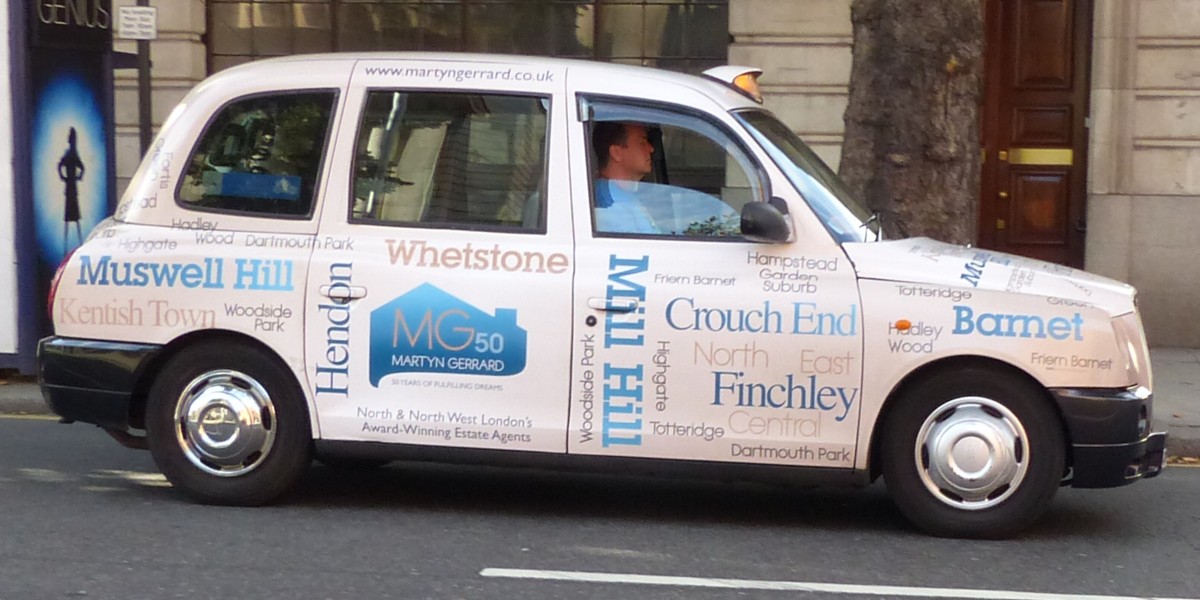When you own a building, you don’t want it owning you. You want the building to serve your purposes. You don’t want to be reduced to its mere caretaker, while it stubbornly refuses to serve your purposes.
Consider that graph, the one concerning the moment when humanity went from a fixed and static world, to a dynamically improving world. At that moment in history, a building became something different from what it had been. It used to be something permanent. The longer it lasted, the better. As its owner, you wanted to keep it working, to keep it as it is, rather than allowing it to crumble. In such a world, the better and more solidly the building was built in the first place, the better. Its purpose would last for ever.
But in the new dynamic world, the world after The Kink, buildings become something you, or whoever then owns your building, might one day be wanting to replace with something bigger, taller, better, more efficient, more productive, built with technology that does not now exist and can hardly even be imagined. This is especially true in cities, the places where the new dynamism of the world is most in evidence.
So, when you build a big new building in a city, the one thing you really do not need is a world that one day decides that you or whoever you sell it to must, from now on, become the curator of this building, a building which neither you nor anybody who ever owns it may at any time in the future destroy, and replace with something bigger and more profitable.
In Britain now, this dreaded arrangement is formalised in the form of the Preservation Order. When one of these things descends upon your building, that building ceases to be replaceable. It ceases to be a means to achieve dynamism, and becomes a potential barrier to it. But the same thing can happen more informally. If The People want you not to destroy the building you thought you owned, they are awfully liable to get their way, whatever they may or may not have said in the past.
You may be saying: Oh come on, that’ll not happen for decades. Meanwhile, you can get plenty of use out of your new place. The trouble is that future usefulness, future cost-to-benefit ratio feeds back into the price now. Even the most short-termist owner must still consider what future owners will or will not get from his building, even if he himself cares nothing for the future and is himself the very personification of pure greed, for lots of money, now. A Preservation Order on your newly constructed building will reduce the usefulness of the site in a century’s time, and hence its value now.
All of which means that there is a relentless tendency for builders of new urban buildings not to want them to be the sort of buildings which people in general will miss, when a later owner may want to replace it.
There is, in short, an inexorable tendency for “modern” architecture (by which I simply mean all architecture since The Kink in that graph) to be ugly, by which I simply mean what is widely considered to be ugly.
There are lots of other reasons, aside from the above reason, why “progress”, “modernity”, and so on, are often so disagreeable to contemplate. And I still think that The Kink was and is a wonderful thing, from which much beauty of other sorts has resulted. But progress and modernity are not as pretty to look at as many of us might like, and I think that what I’ve said in this posting goes some way to explaining why.
LATER: As soon as you publish something, you then see it with new eyes (the eyes of potential readers), and what I now see is that the word “ugly” is perhaps wrong. What I mean is something more like “nothing”. Not ugly as in actively repulsive. Just “meh”, as I’ve never said before myself, but as I’ve heard lots of others say. Buildings that communicate not anti-beauty, more like non-beauty. The point is, if you want to knock a building down, you want people not to feel they might miss it. You want them to feel, basically, nothing. Oh, they’re knocking down that building, you know, the one, that one next to the … blah blah mumble mumble. Oh, that. Oh well. If someone thinks a building is ugly, chances are someone else will like it, and before you know it, politics is happening. That, you don’t want.
LATER: I didn’t want people coming here to be told that modern architecture is ugly, so I changed the “ugly” in the title to “boring”, which is nearer my mark.

